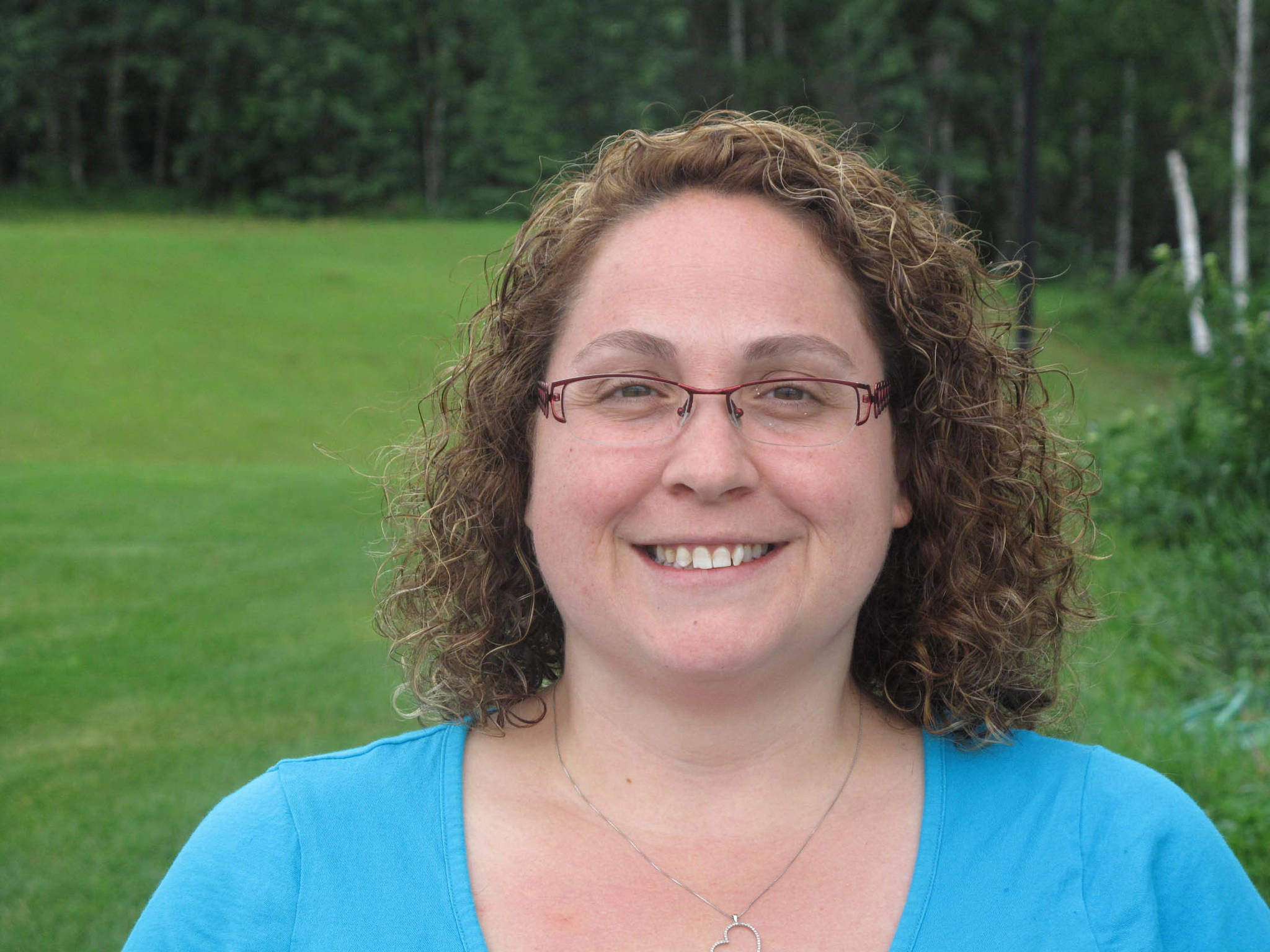Sprouting from your head at the rate of more than three inches a year, hair is a recorder of the things you eat and drink and where you ate and drank them. An Ottawa-based researcher once assembled a countrywide database of Canadians’ hair designed to help the Royal Canadian Mounted Police.
With a likeable partner who had a talent for persuading strangers to part with a snip of hair, Michelle Chartrand for four years traveled around Canada in rental cars, putting on enough miles to circle the world. From the Atlantic coast to Fort St. John on the Alaska Highway, the former University of Ottawa researcher and her assistant Jonathan Mayo gathered more than 500 samples. With them, they created a hair map of Canada to help detectives find out more about unknown murder victims and other mystery bodies that turn up on the landscape.
As it grows, hair captures the chemical signature of food we eat and the water we drink. Using isotope analysis, scientists can track the body of water from which a person drank and prepared food during a certain period of hair growth.
“As soon as you change a person’s food source or water source, the isotope value in hair changes,” Chartrand said at a lecture in Fairbanks.
Even though many people drink bottled water and eat bananas, both of which probably originated far from where they live, the isotope analysis method points back to the chemical signals in a person’s local drinking water.
“Despite all these (diverse food and beverage sources), we still see a geographical distribution of hydrogen signals in hair,” Chartrand said.
In a case tackled by Chartrand and her colleagues, detectives brought to her 80 hairs from the head of a skull found in a wooded area of Montreal. The hair was long enough to provide information on the final 43 months of the life of a 50-year-old woman, who had died on Mount Royal and escaped detection for two years. Chartrand went to work on the unknown person known as “Madame Victoria,” washing the hair, cutting it into precise 1-centimeter lengths (which represented about one month of growth) and grinding it into powder.
Through the magic of an isotope-analyzing machine and lots of thought, Chartrand concluded that Madame Victoria had lived in seven different regions the last three years of her life, beginning in northern Ontario or Quebec. The longest she stayed in one place was seven months, and she moved ever southward until she died in Montreal.
The information was not enough for investigators to solve the mystery of Madame Victoria’s identity, but the isotope-analysis database created by Chartrand and Mayo’s trips across Canada gives law enforcement officials another tool to attach a name to unidentified bodies.
In addition to snippets of hair from cooperative Canadians, Chartrand also collected soil samples and pollen samples from each region. The tiny grains may also be useful to detectives looking for clues, no matter how small.
“We passively collect pollen on our clothes all the time,” Chartrand said.
• Since the late 1970s, the University of Alaska Fairbanks’ Geophysical Institute has provided this column free in cooperation with the UAF research community. Ned Rozell (ejrozell@alaska.edu) is a science writer for the Geophysical Institute. A version of this column appeared in 2012.

